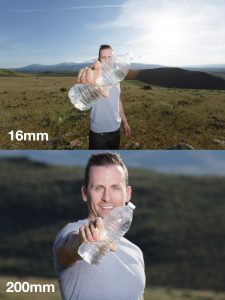This is going to be a living document detailing thoughts and issues as the pre-production and production phases get underway
Initial version 3rd Feb 2018
Updated 15th Feb 2018
Reflections on the Production Process
Dating Dilemmas is a comedy short, part of my year 1 HND assessment. The requirement of the HND is that the short be 5 minutes or less in length, written, produced and directed by myself, be a low to no budget film, and it must include at least two HND students in some capacity. We are required to document the whole process, ensure we get relevant permissions, waivers and contracts signed by those taking part, and we need to deliver the finished article no later than April 20th. There will be a screening later in the year (hopefully) to exhibit all the HND student’s films.
Script
Developing scripts is something I have always been weak at since even before failing my English O Level, I have struggled with fictional writing – however, this is one of the skills I wanted to strengthen, so the game is afoot! (to steal a saying)
I have been working on trying to build some form of association with the characters, making the viewer almost put themselves in the shoes of the hero – so I have tried to (intentionally) leave them a little 2 dimensional, rather than fleshing out a huge backstory (plus this is a 5 minute short, and it would take 30 minutes just to design and show a true character arc for anyone)
This was also not my first choice, as the original script was written to take place in the middle of summer, and requires warm nights and dry days for the film to work. Having discovered we need to shoot in Feb/March I had to rewrite and come up with a new topic that worked within the resources available. The original idea was based on a storyline from a detective drama I have been working on, and I chose the “inciting incident” for one of the characters in my drama – the problem here is that this is a 2 hour pilot episode, and requires the viewer to learn details about several of the victims first, their backgrounds, their families, and to put a face to an otherwise anonymous victim. This simply cannot be done in 5 minutes and I think it was a bad idea to even try, however with some additional tweaks I think the story could still stand on its own, and I intend to shoot some of the scenes for this storyline at the same time as shooting Dating Dilemmas, on the basis that the actors, locations and crew are the same and the additional scenes will take maybe 2 hours to shoot.
Script Breakdown
This is something I am in the process of doing currently … an interesting (and time-consuming) process
Crew
Finding the right people for each role is proving more time consuming than anything. Just as one person agrees, another drops out due to clashes or work commitments. Yes we’re all doing this for free and yes this is only a hobby for most, and yes we’re calling in favours from everyone, but it is still stressful! 🙂
I totally understand that paid work has to come first, I just wish I could afford to pay everyone for their time. One day I will, one day we will have proper budgets and be able to pay scale .. but not today sadly, so people drop out. That said, people will drop out of paid work just as readily if a higher paid job comes along, or they are ill or have a family issue .. Just like running any business, your workforce is your biggest asset and your biggest headache! 🙂
Storyboard
Being graphically challenged, and totally unable to even draw believable stick men, I have been struggling with the Storyboard aspect of the project. Whilst I have a vision in my head, getting it down onto paper has been difficult.
Then I discovered Storyboarder by Wunderunit. This tool works on MacOS and Windows (with an iPad version “in the works”) and it has helped make my life considerably easier. I have been working with clipart/stock images to portray the look/feel of what I want from a scene. Not perfect, but a great start – and I can annotate the images, draw lines and diagrams on top, and generally start to get my vision across. I can also add camera shots/angles/etc to the Storyboard and even lines of dialogue to flesh out the story and help communicate it to my colleagues.
Pre-Production
Historically I would have just run and gun, perhaps with a second person to help with sound. The Raindance way seems to be “do it like Hollywood” with a crew of 20+ and every little job split 4 ways, so even the clapper loader has an assistant to hold their pen. I’m finding this frustrating, and even more so trying to schedule the shoot with HND students (as is the requirement for the module). I have 8-10 actors/extras, camera equipment, location, insurance, permits, everything organised, but I can’t get two HND students to commit to a shoot date. This is “frustrating” to say the least!
I am currently experimenting with various tools to make the project management and line production roles easier. I started with Trello, found a Gantt chart module which didn’t work too well, found another Gantt chart module which worked better (TeamGantt) but it still isn’t quite right.
I have now moved on to StudioBinder, and this seems quite powerful, however, at $49/mo for the “Pro” version (which includes Production Calendars, etc) this is a little out of my budget currently. Their “free” version only allows you to import 50% of your script and to have 1 project on the go at a time, and whilst I could circumvent these restrictions with cunning, I would rather not start out having to game the system just to see if the product is usable. If it is, then I’ll be using it for the next 20 years (if they stay in business that long) and would be more than happy to pay for the service once I start to earn some money from this new skill I am developing.
Production
Permit requests have gone in and have not, so far at least, been that troublesome. Locations have agreed to allow filming on site, and again the “Raindance” way is to get releases signed for the locations. Whilst I can see the benefits of this, in the long run, trying to get some of these places to sign a waiver is going to scare them off more than bring them on-side, however, waivers it is – and yes I do see the wisdom in doing so.
Colour Design
I have been trying to decide a colour design for the short. This is a comedy sketch, so it needs to be bright and fun, I am a student of action/thriller/sci-fi genre films, so coming up with a palette that embraces comedy and fun is proving challenging – especially when I don’t control the actual locations, and can’t do anything to change what we have when we get there. The locations are grey/yellow, with cobblestones. I am going to try and work within this.
I have stumbled across an Adobe tool to help with the Colour Palette design, which may prove useful going forwards – Adobe Color CC
Publicity
We have had a couple of classroom exercises on designing posters and a basic introduction to SEO and metadata. Thankfully this is something I have some additional experience with from my day job.
We recorded an interview video about the upcoming film, my thoughts on that can be found in another post.
So far, the video has been viewed over 100 times and has definitely brought in some interest from 3rd parties. One even stopped me at BSC Expo this week to ask how the production was going! The power of marketing! *shudder* 🙂
What Went Wrong on the day
12th Feb was day 1 of the shoot
Josh and I were on location before 8 am. The official call time was 08:30 for crew and 8:45 for actors, the intention was to start shooting at 09:15 as we had to have all the dialogue in the can before 10 am when the Opera and Classical Music started. There should have been ample time to get set up, mic the actors and get started. Everyone knew we only had 2 hours at this location and that every minute counted.
This lead to the first problem as due to train problems, the two lead actors and half the crew were late. The extras, however, were all on location ahead of their call times.
There was then a delay while costumes were sorted and actors revisited their lines (more on this below). The long and short of it was we didn’t start filming until 9:45 which meant we didn’t get much if any of the dialogue that we needed – which is why this is now a silent movie! 🙂 (yes I could ADR, but I quite like the idea of it being almost entirely without dialogue)
Everyone had been provided with copies of the “final” script at least a week in advance and were all told that there was a rewrite happening over the weekend as we were changing the ending to better tell the story. The final script was sent out on Saturday night with the call sheets. Unfortunately, the lead actor managed to ignore this and printed out the original draft script he had been sent a month earlier (v1.05) and not the v2.01 that he had received by email 24 hours earlier .. so he wasn’t aware of the additional lines, or the scene changes.
I did have plenty of copies of the latest script on hand, however, that meant we burned one take when we discovered he didn’t have the lines, and then lost 10 minutes while he learned the extra scene. Not the end of the world, but a lesson to learn.
Other issues included the script supervisor putting his script and shotlist down and them disappearing, so we ended up without an accurate shot list.
Post Production
- Editing
- Foley
- Mistakes Made?
Thoughts on the process
- What have I learned? lessons, skills, etc
- What would I do differently if anything?
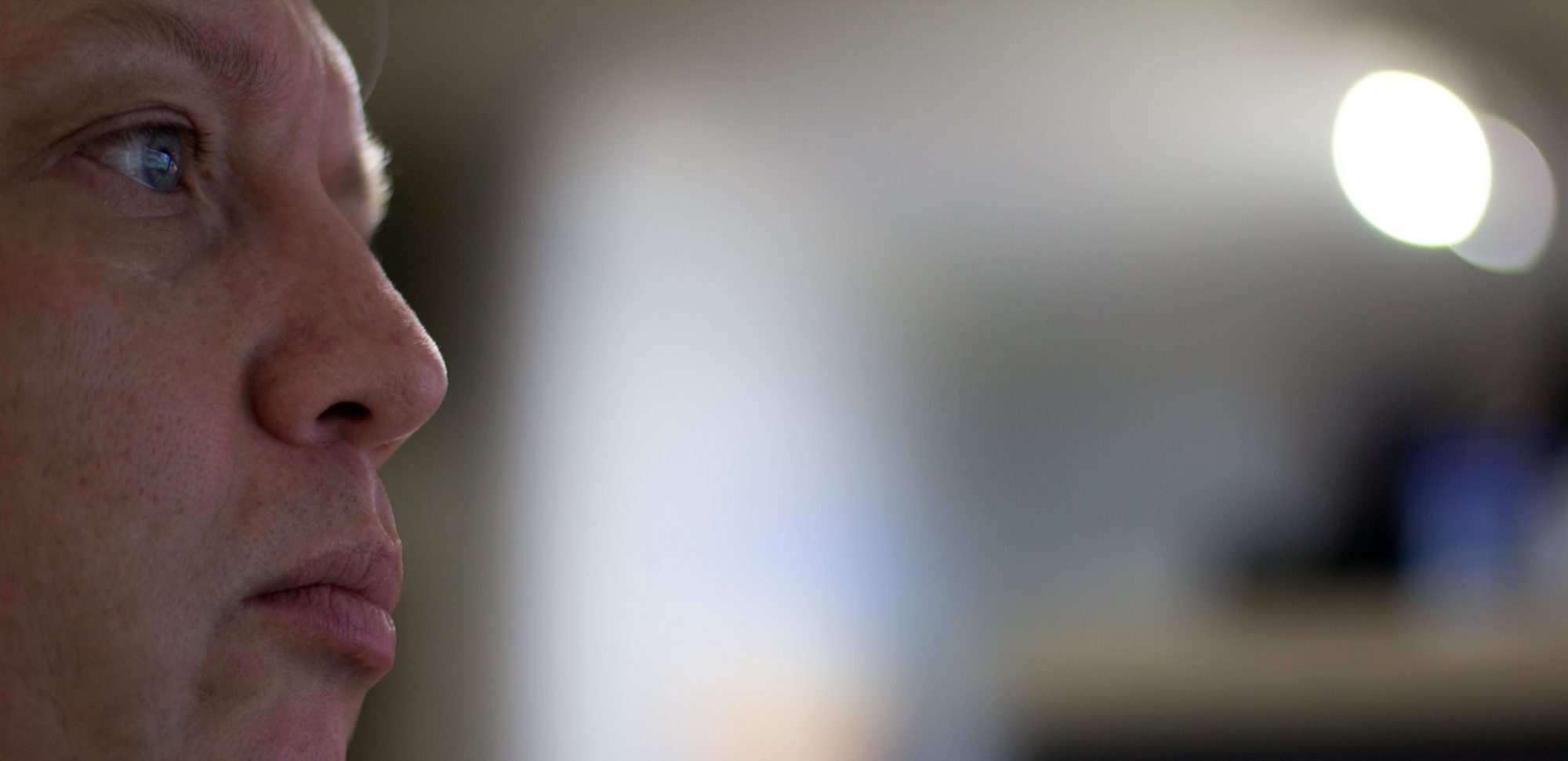



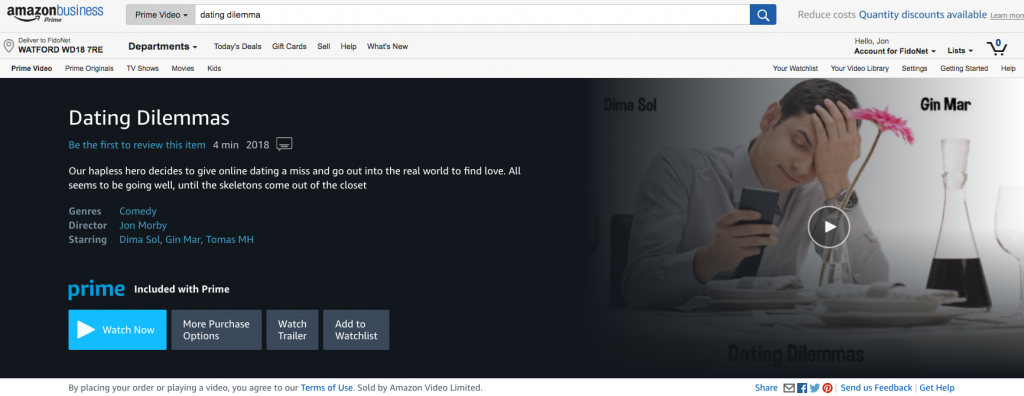



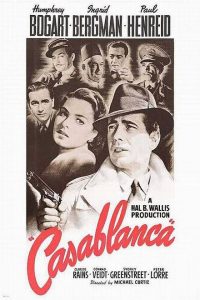
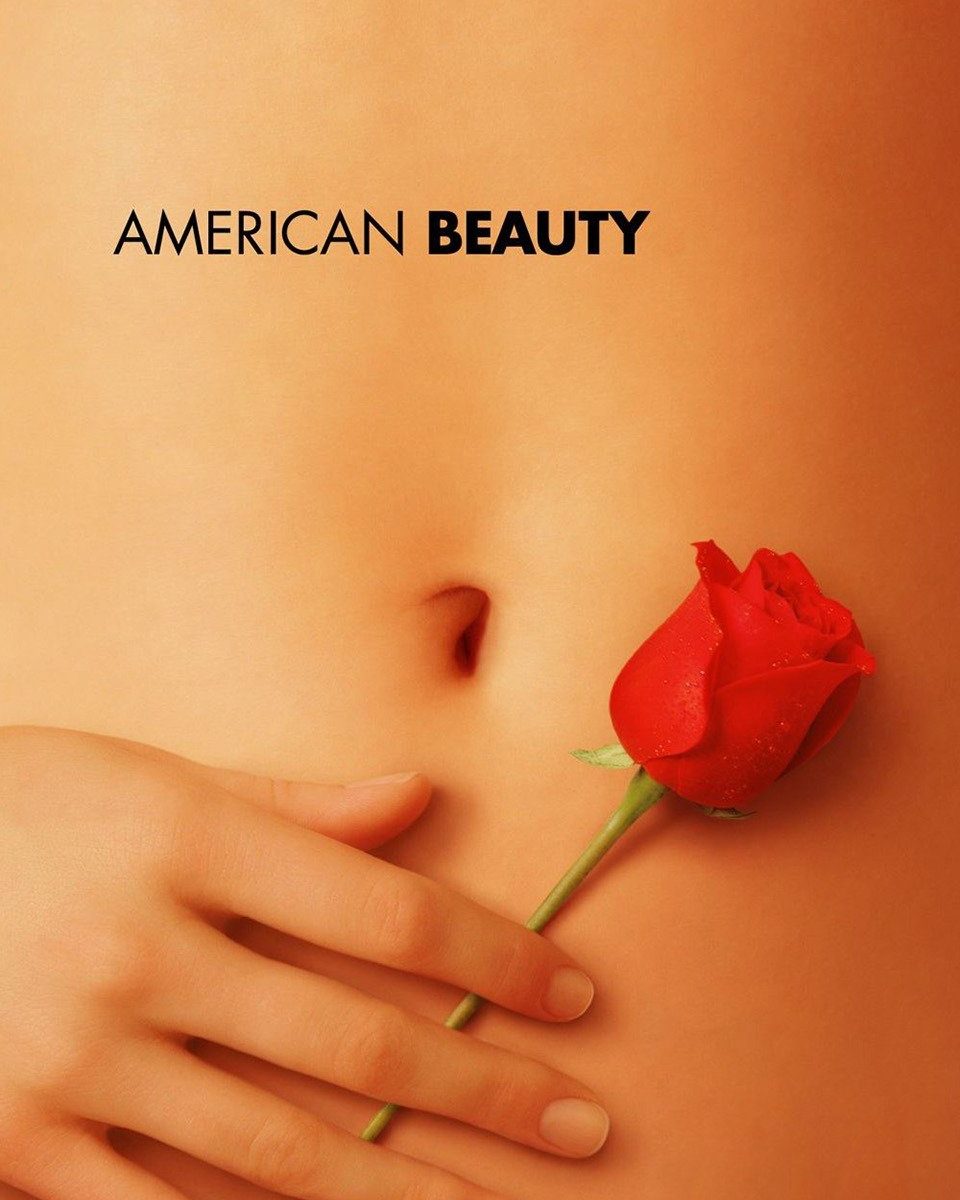
 American Beauty at first seems like a modern day Lolita in which we meet Lester Burnham (Kevin Spacey), a sexually frustrated middle aged man, going through marital issues, separated from his wife (whilst still living under the same roof). As the story progresses we discover it is less a Lolita and more the simple search for a better, more fulfilling life.
American Beauty at first seems like a modern day Lolita in which we meet Lester Burnham (Kevin Spacey), a sexually frustrated middle aged man, going through marital issues, separated from his wife (whilst still living under the same roof). As the story progresses we discover it is less a Lolita and more the simple search for a better, more fulfilling life.

